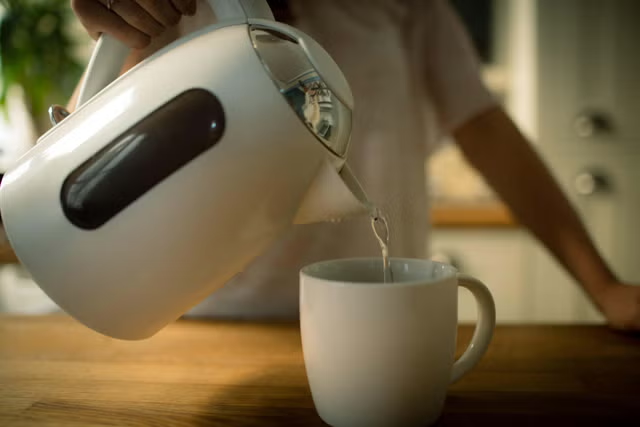Your support helps us to tell the story
Support NowThis election is still a dead heat, according to most polls. In a fight with such wafer-thin margins, we need reporters on the ground talking to the people Trump and Harris are courting. Your support allows us to keep sending journalists to the story.
The Independent is trusted by 27 million Americans from across the entire political spectrum every month. Unlike many other quality news outlets, we choose not to lock you out of our reporting and analysis with paywalls. But quality journalism must still be paid for.
Help us keep bring these critical stories to light. Your support makes all the difference.
A live streamer has addressed the controversy he received over a video he filmed during Hurricane Milton.
Mike Smalls Jr filmed himself floating down a river in Tampa, Florida, during the Category 5 hurricane in an attempt to win a $70,000 prize.
Controversial influencer Adin Ross had offered creators on the live-streaming platform Kick the sizeable cash prize to follow the hurricane as part of his “survival challenge.”
In his video, filmed on October 9, Smalls told his followers if he reached 10,000 views, he would launch himself and his mattress into the water.
On X, viewers accused Smalls of putting his life and rescuers at risk to create content and make money. Speaking to the BBC, he acknowledged that his video was “controversial” and said he understands viewers’ concerns.
However, he added, “From a content creator standpoint, people like to see kind of edgy things.”
The creator revealed that despite his initial confidence, “The wind started picking up and I don’t know how to swim…so I had to grab on to the tree.”

Smalls made it through the hurricane safely, despite the dangerous experience. He added that he would do the stunt again “if the price is right.” Later in his initial livestream, he explained that someone else had won the $70,000.
Speaking to the BBC, the Tampa Police Department issued its own statement about residents “ignoring mandatory evacuation orders” that are put in place during a hurricane.
“When individuals disregard these warnings, they not only jeopardize their own safety, but also create additional challenges for first responders who are working tirelessly to save lives,” the police department said. “Intentionally placing oneself in harm’s way could divert critical resources and delay vital rescue operations for others.”
Leading up to the hurricane, another influencer, Caroline Calloway, used her platform to tell her followers that she would not be evacuating her house in Florida. “So if you’ve been following Hurricane Milton, um, I’m going to die!” she said in her since-deleted Instagram Story on October 8. “It’s supposed to make landfall in the Sarasota-Bradenton area. I’m in Sarasota, I live on the water, it’s zone A, mandatory evacuation.”
Calloway continued to explain why she wasn’t leaving, mentioning that she couldn’t drive, the airport was closed, and her previous evacuation during Hurricane Ian was “traumatic.”
“Her whole street flooded and we were evacuated after three days without power or running water by the US military,” the influencer said, speaking about how she previously left her home to travel to her mother’s house during the last hurricane. “It was very traumatic and so I don’t want to evacuate to my mom’s house because the last time I did that, it was the worst time ever!”
Two days later, she posted a picture of herself and her cat on her Instagram Story, confirming that she was safe and “lived” after Hurricane Milton.
At least 17 people have died after Hurricane Milton devastated portions of Florida, as the extent of damage caused becomes clear in the wake of the storm. Milton made landfall as a Category 3 hurricane on October 9 near Sarasota County’s Siesta Key, spawning dozens of tornadoes, 28ft waves, strong winds, heavy rainfall, and a devastating storm surge.
All wind and storm surge warnings for Milton have been discontinued after the hurricane exited Florida’s east coast. The National Hurricane Center warned that “hazards remain” from damaged buildings, downed power lines and floodwaters.
Disclaimer: The copyright of this article belongs to the original author. Reposting this article is solely for the purpose of information dissemination and does not constitute any investment advice. If there is any infringement, please contact us immediately. We will make corrections or deletions as necessary. Thank you.



